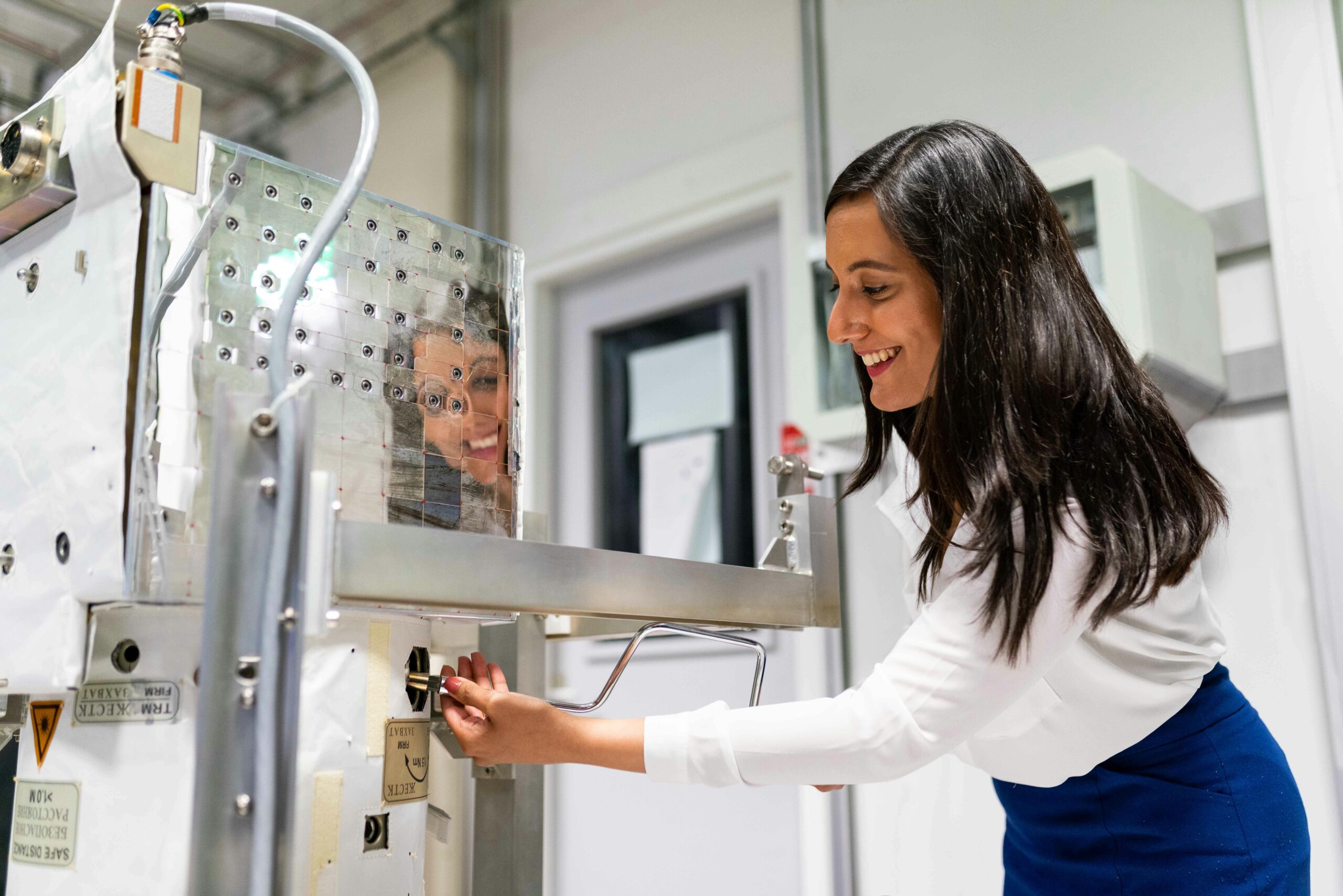
If you watch President Obama’s last State of the Union speech recently, you may recall him talking about the importance of cancer research. He tasked Vice President Joe Biden as the person to spearhead what POTUS hopes will be America’s chance at finding a cure to this awful disease once and for all.
Cancer has certainly been front and center in pop culture lately, being the killer of a handful of celebrities such as legendary musician David Bowie, actor Alan Rickman, music manager and Celine Dion’s husband Rene Angelil, Motorhead frontman Ian ‘Lemmy’ Kilmister, and singer Natalie Cole. It was also the same disease which sadly took Joe Biden’s son from his family in 2015 at the young age of 46. Needless to say the fight to find the cure has never been more important.
There are doctors and researchers looking for cures in some of the most unlikely places. A special Vice HBO Special Report from February 2015 called ‘Killing Cancer’ showcased a Doctor in Canada experimenting by using genetically modified viruses, such as the measles and cold viruses, which managed to force the patients cancer into remission.
But the ground-breaking research doesn’t stop there. A scientist from Alabama is one to be counted among the many who are the driving force behind what could possibly be America’s search for a cure. Dr. Hadiyah-Nicole Green, who also happens to be one of less than 100 black female scientists in the country, is an assistant professor in the physics department at Tuskegee University.
She recently received a $1.1 million grant through the Veterans Affairs Historically Black Colleges and Universities Research Scientist Training Program to help further her research, which involves laser-activated nanoparticles, and have it patent-pended. Her focus on this cause comes from a very personal place. Growing up in St. Louis, she was raised by her aunt and uncle after her parents passed away while she was young. Her aunt got cancer but refused to undergo treatment as she didn’t want to experience any of the side-effects. Not long after, her uncle was also diagnosed with cancer, and she was there to help him through chemotherapy and deal with the side effects of radiation.

Dr. Green hopes to take her research all the way to a clinical trial, as it involves identifying and treating cancerous cells, not the healthy cells around them. AL.com reported on how her treatment works: an FDA-approved drug containing nanoparticles is injected into a cancer patient and causes the patient’s tumor to fluoresce (glow) under imaging equipment. The goal is for a laser to activate the nanoparticles by heating them.
Dr. Green is not the first scientist to use lasers and nanoparticles, but her method has worked out many of the bugs such as the delivery of the treatment, and has seen success from experimenting on mice. She hopes this will drastically change the way cancer is treated in America.
“They are not toxic, so without the laser they won’t kill anything, and the laser by itself is harmless, so without the particles it won’t hurt anything. Because of their need to work together and their inability to work apart, I can insure that the treatment is only happening to the cancer cells we target and identify,” she said.
Her physical treatment is not specific to the biology of the cancer, she says, which could make a huge difference going forward.
“It’s a platform technology. It’s not cancer type-specific, though it can treat the cancer specifically. That’s a concept my friends who are biologists struggle with,” she said.
Unlike other treatment plans which are limited, Dr. Green wants her research to give patients more hope for the future.

“There are so many people who only get a three-month or six-month survival benefit from the drugs they take. Then three or six months later, they’re sent home with no hope, nothing else we can do. Those are the patients I want to try to save, the ones where regular medicine isn’t effective for them,” she said.
It’s not just her work in the lab that is impressive, but also the fact that she is a woman of color in an industry typically dominated by white men. At the age of 34, Dr. Green is the first person in her family to go to college, let alone earn a doctorate. She is also only the second African-American woman to receive a Ph.D. in physics from the University of Alabama at Birmingham.
As a graduate student, the majority of black women she saw were secretaries, janitorial staff and lab technicians. Knowing how rare and tough it can be for women of color to ascend in areas where they are not highly represented, she takes her role model status seriously.
“There are black female scientists who don’t get media exposure. Because of that, young black girls don’t see those role models as often as they see Beyonce or Nicki Minaj. It’s important to know that our brains are capable of more than fashion and entertainment and music, even though arts are important. I know my responsibility to encourage and mentor the next generation,” she stresses.
While she had certain barriers to overcome, including one created by a particular dissertation-committee member during her doctorate research who laughed at her and said she would never graduate, Dr. Green used the presidential campaign of the then-Senator of Illinois Barack Obama as an incentive while she studied.

“If [Obama] gets elected as president of the United States, I can get a Ph.D. in physics,” she would tell herself. Looks like the two now have something in common.
In a feature on Dr. Green for The Root, writer Felice Lion points out some statistics on black women in the science field.
“According to the National Science Foundation, [in 20120] only 686 black women were awarded Ph.D.s in science, technology, engineering and mathematics fields, and fewer than 100 of those degrees were specifically in science. In the same year, her white counterparts (women and men) received 6,777 and 8,478 degrees, respectively,” she wrote.
Upon graduating in 2012, she initially did not want to get into the research lab and took a job in Singapore for 6 months instead. But after her uncle passed away from cancer, and then her aunt, she pivoted her focus to cancer research instead. Dr. Green says she is in this for the long-haul, as she acknowledges cancer research is a marathon, not a sprint. After all, it took her 3 attempts to even win the $1.1 million grant, so she knows how hard she has to work and is determined to make a difference.

“I never watch the clock when I work. I set my goals, my tasks and my to-do list, and I just work. Having to apply three times is humbling because it’s not like I’m perfect and it’s been this fairy-tale story. Almost everything that I’ve done has been a struggle. But the struggle has been worth it,” she told The Root.
This inspirational woman credits God for her extraordinary opportunities and talent, as well as the people who came before her and made it possible for her to achieve her dreams.
“I’m just a vessel for God to use; it’s not really about me. This is nothing compared to what my ancestors went through—picking cotton from ‘Can’t see in the morning to can’t see at night’,” she says.
This is the type of woman who deserves more attention for her approach to work, and the example she is setting for a whole generation of young black women looking for positive, powerful role models. We certainly hope President Obama and Vice President Joe Biden are paying attention, because Dr. Green could quite possibly hold the key to the breakthrough they are looking for.
Take a look at Dr. Green talking to members of Congress back in 2011 about the important of federally-funded cancer research programs and the impact they have:

















2 thoughts on “Dr. Hadiyah-Nicole Green, A Woman Of Color In The Science World, Is Breaking New Ground In Cancer Research”